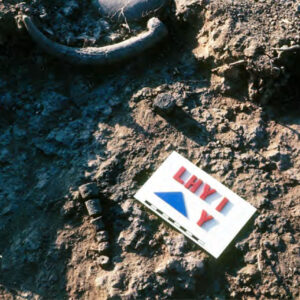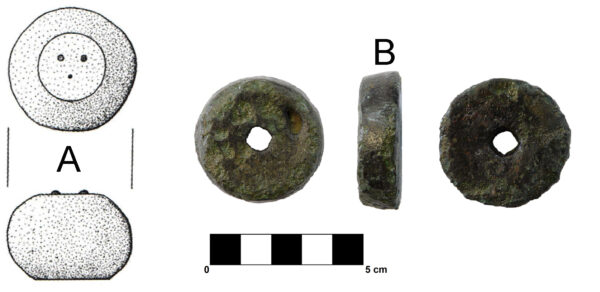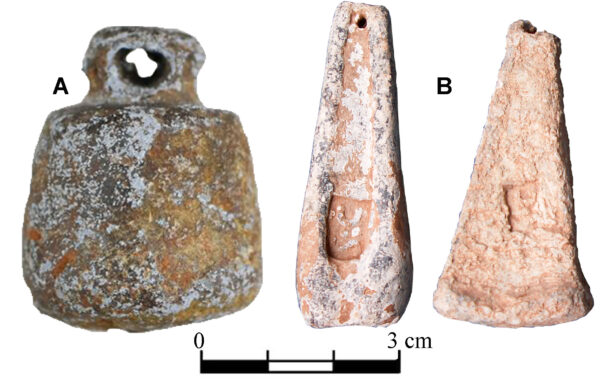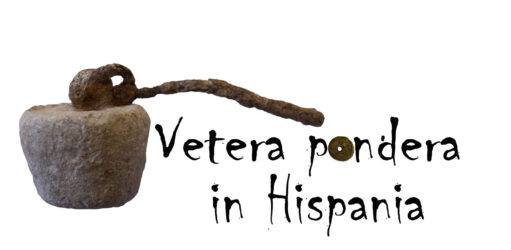Project
The study and analysis of weighing instruments is vital owing to their importance as historical documents. Behind the invention of a metrological system, there is a process of human cognitive development, which starts with the observation of a feature, like weight, time or length, and its comparison between two different objects. This allowed the identification of units in repetitive cycles, such as day and night or the form of the human body. Therefore, the first units of measure were the hand, the palm and the foot. In the fourth millennium BC, the evolution of this process led to the creation of the first metrological systems, which facilitated the parcelling and distribution of land, the allocation of value to objects, the receipt of taxes, etc.
The creation and/or adoption of a system of weights by a society was always conditioned by commercial, political, cultural, geographical and environmental factors in each place. These are reflected in the formal and contextual features of all objects forming part of the weighing process: balances, pans, weights, counterweights, ingots, etc. Therefore, they provide information about social, economic and political characteristics of the groups that used them. They transform those remains into a representative sign of their society and a symbol of authority, who gave legal value to measures agreed socially, or imposed a new system of measures.
 Fig. 4. Weight set found during the archaeological excavations in La Hoya (Laguardia, Álava) (Galilea and Llanos, 2002: 132)
Fig. 4. Weight set found during the archaeological excavations in La Hoya (Laguardia, Álava) (Galilea and Llanos, 2002: 132)
According to the above, it can be affirmed that metrology derives from the historical context in which it originated and was used, either for the exchange of small amounts of highly valuable commodities or for trade on a large-scale. In this way, the Roman occupation of the Iberian Peninsula involved the introduction of their culture and metrological system and caused significant changes among the local population. However, the characteristics of each region (previous commercial contacts, the use of Mediterranean metrological systems, more or less powerful authorities, etc.) resulted in territorial differences in the adoption of the Roman system of weights. Therefore, to analyse this transformation of the weighing systems, it is necessary to value all these underlying factors in a reappraisal of the weight objects dated before, during and after the Roman conquest.
 Fig. 5. a) Stone counterweight from Salamanca (Macarro, 2021: 234); b) Bronze weight from El Raso (Candeleda, Ávila); diameter: 43 mm, weight: 122 g (Barrios and González, 2019: 7, fig. 4, no. 1).
Fig. 5. a) Stone counterweight from Salamanca (Macarro, 2021: 234); b) Bronze weight from El Raso (Candeleda, Ávila); diameter: 43 mm, weight: 122 g (Barrios and González, 2019: 7, fig. 4, no. 1).
In short, the study of metrological systems and the instruments associated with them provides varied and rich information about the cultural group that created and used them. In the specific case of weight objects, it can be observed that the social context of origin determines their physical features like shape, material, or value (units, multiples and fractions).
 Fig. 6. a) Lead counterweight from Vinha de Morouços; height: 36.6 mm (Barrios, 2020: 1321, fig. 3, no. 12 http://www.matriznet.dgpc.pt/MatrizNet/Objectos/ObjectosConsultar.aspx?IdReg=1116075); b) Lead counterweight with inscription SC referring to Societas Castulonensis found in El Centenillo (Jaén) (Arboledas et alii, 2017: 879, fig. 2).
Fig. 6. a) Lead counterweight from Vinha de Morouços; height: 36.6 mm (Barrios, 2020: 1321, fig. 3, no. 12 http://www.matriznet.dgpc.pt/MatrizNet/Objectos/ObjectosConsultar.aspx?IdReg=1116075); b) Lead counterweight with inscription SC referring to Societas Castulonensis found in El Centenillo (Jaén) (Arboledas et alii, 2017: 879, fig. 2).
